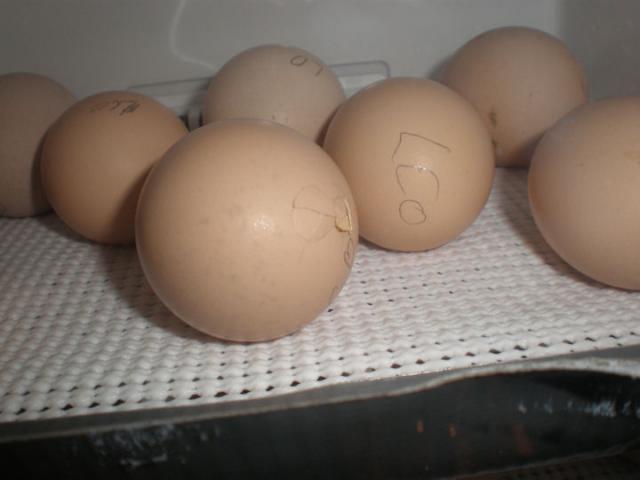Internal pipping is when the chick breaks through to the air sac and starts learing to breathe air instead of living in a liquid world. Sometimes but not always, you will hear peeping or see the eggs moving. Sometimes, but not always.
External pipping is when the chick pecks a hole in the shell of the egg. Usually, you can see the tip of the beak and movement.
Zipping is when the chick opens the egg shell. It literally pecks a circle all the way around the egg so it can push it apart and come out.
There is a lot going on during this process. The chick is absorbing the yolk. It is drying up blood vessels it no longer needs and absorbing that blood. It does something to the fluid that has been surrounding it so that when it hatches it dries fluffy instead of the down being glued down. And it is doing several other things, maybe even resting occasionally.
Some chicks do a lot of this before external pip. These can get ot the zip stage pretty rapidly. Sonme do a lot between external pip and zip. Sometimes it can take a real long time between pip and zip. These are the ones that worry us. Occasionally you get one that zips before it has totally done everything it should. Sometimes these have problems but often these are fine.
With a staggered hatch like that, you might run into problems. Chicks can last three days without food or water since they absorb the yolk. But at some point they need food and water. You'll have to open the incubator to get them out. When you do, you take the risk of shring wrapping any chick that has pipped. Notice I said you take the risk. You are not guaranteed to shrink wrap every chick that has pipped when you open it, but it can happen. I've done it. You have to do what you have to do, but I suggest opening it as seldom and for as short a time as you can.
That leads to another problem with a staggered hatch. You are supposed to go into lockdown mode 72 hours before the expected hatch date. That means you stop turning them, raise the humidity, and don't open the incubator. With a staggered hatch, you can't do that.
To me, the key with the humidity is that you need to get it raised before chicks start pipping. Otherwise you take that chance of shrink-wrapping them. Sometimes chicks will start pipping and hatch two or three days early. Sometimes they are that much late. There are things going on with the turning too that are important, but what I suggest is that you do not stop turning them until you see your first pip or you get to the 16th. Then stop turning them. I would raise the humidity on the 15th, which is 3 full days, 72 hours, before hatch. 70% is a good target.
What I would suggest is next time, don't do a staggered hatch. Life is a lot less stressful.
I will point out that the day of the week you set them is the day of the week they should hatch. For example, if you set them on Sunday the 1st, they should hatch on Sunday the 22nd. An egg does not have 24 hours worth of development 2 seconds after it is put in the incubator. It takes 24 hours for an egg to get a day's worth of development. A lot of people get that wrong.







